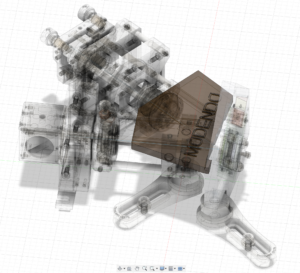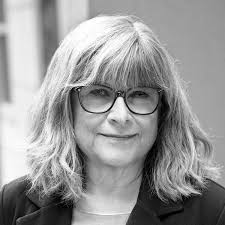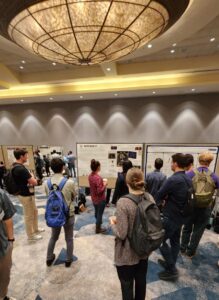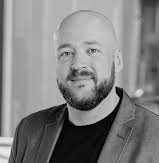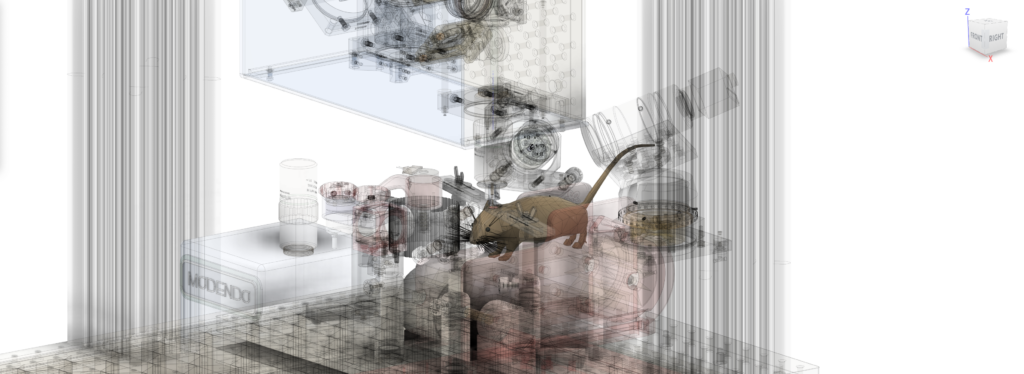My Career -Chapter 5: Driving Innovation and Collaboration
Description
Neuroscience Innovation
Developed a cutting-edge endomicroscope for deep brain imaging, combining neuroscience, engineering, and user collaboration, while presenting the technology at conferences and investor showcases.

